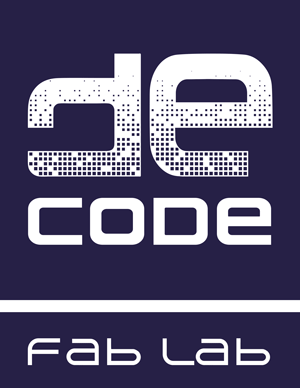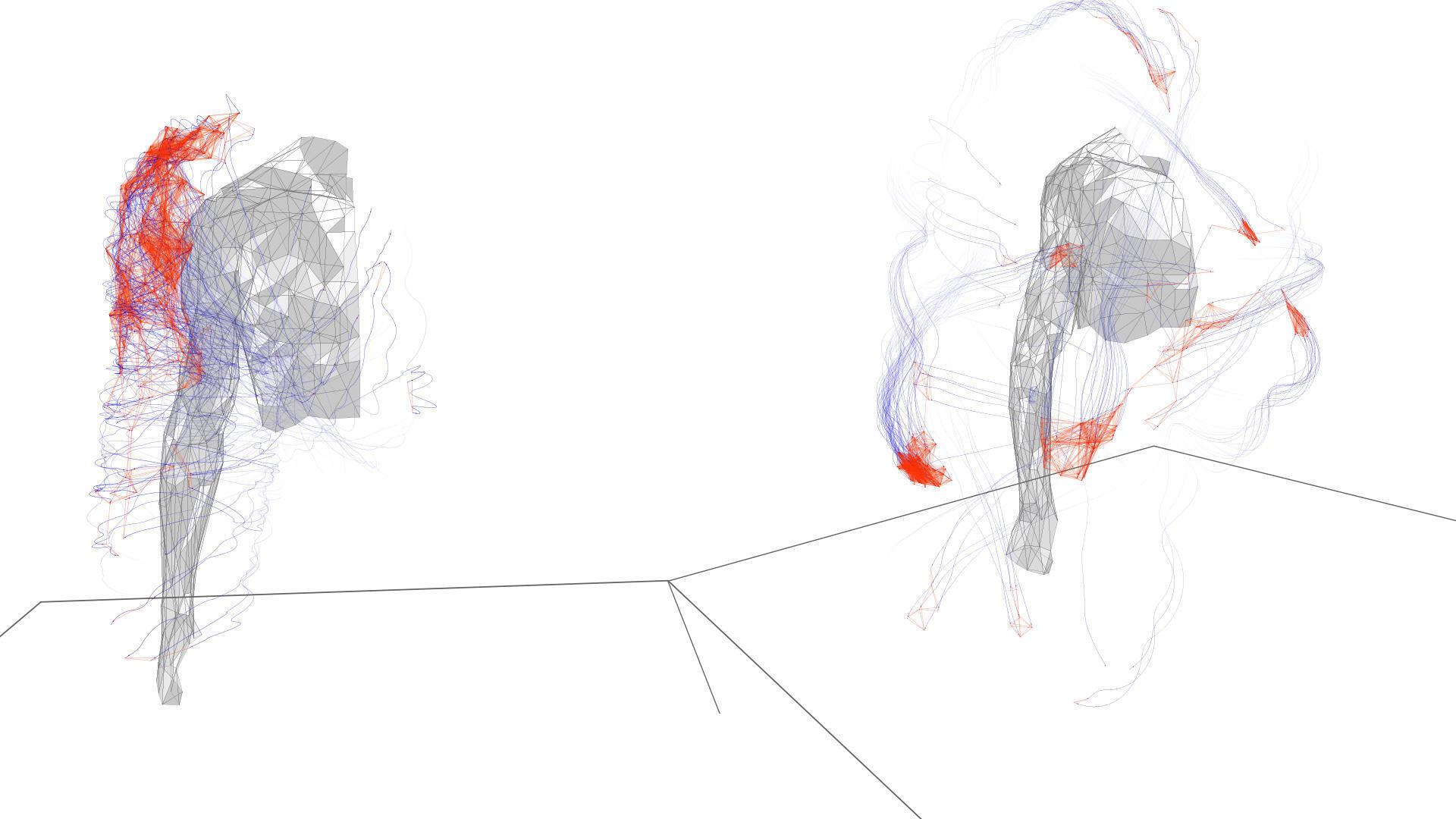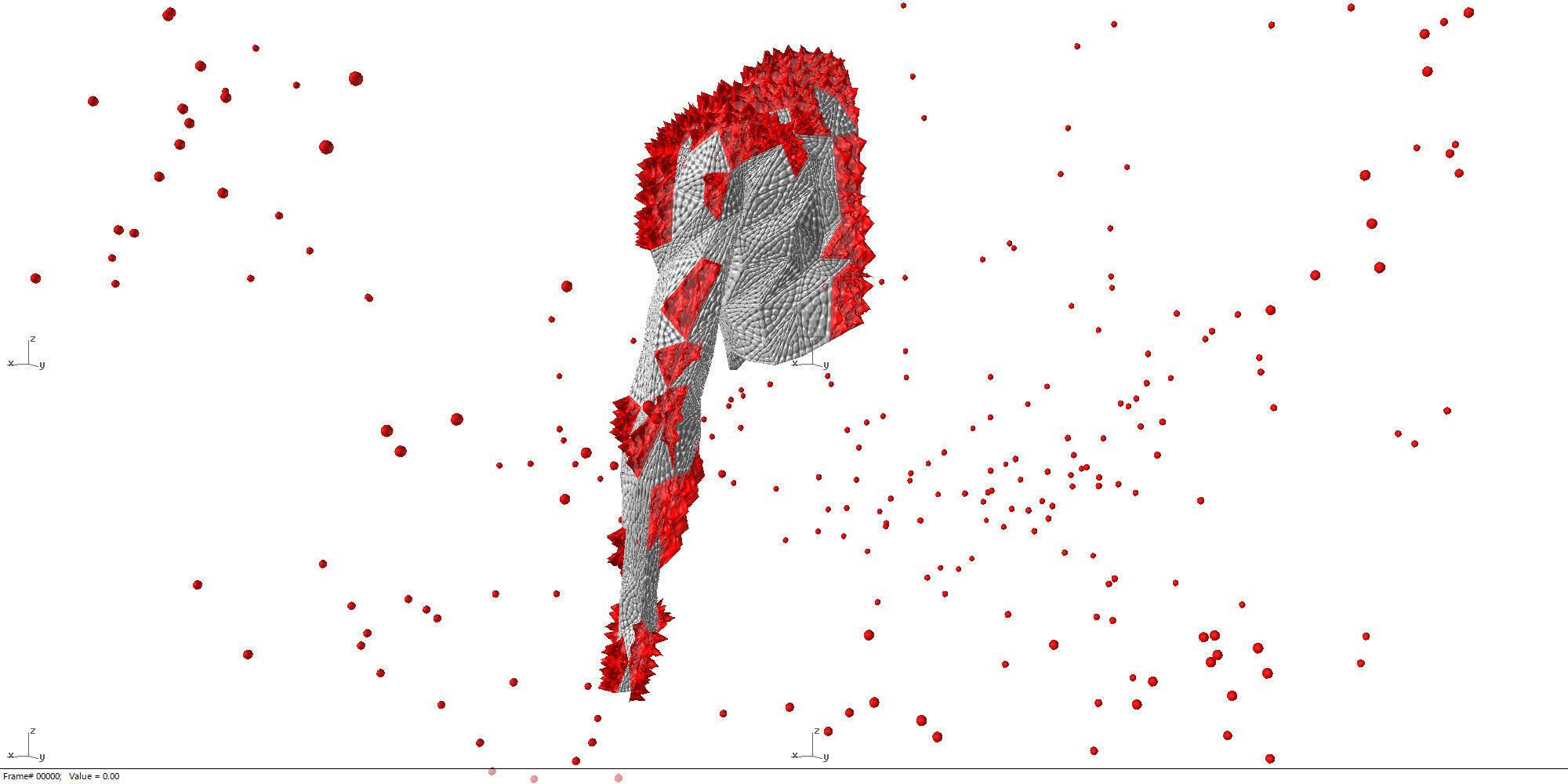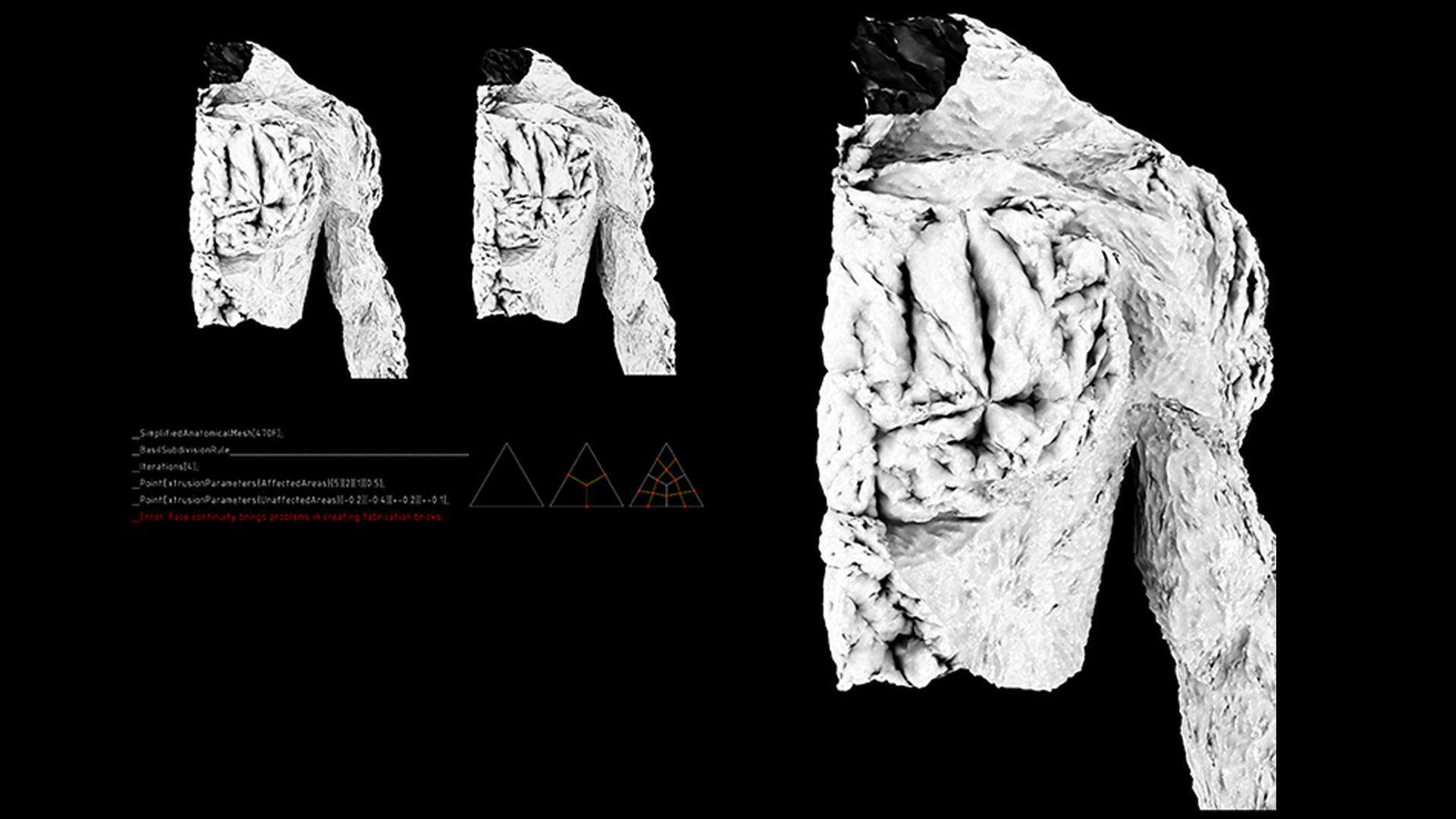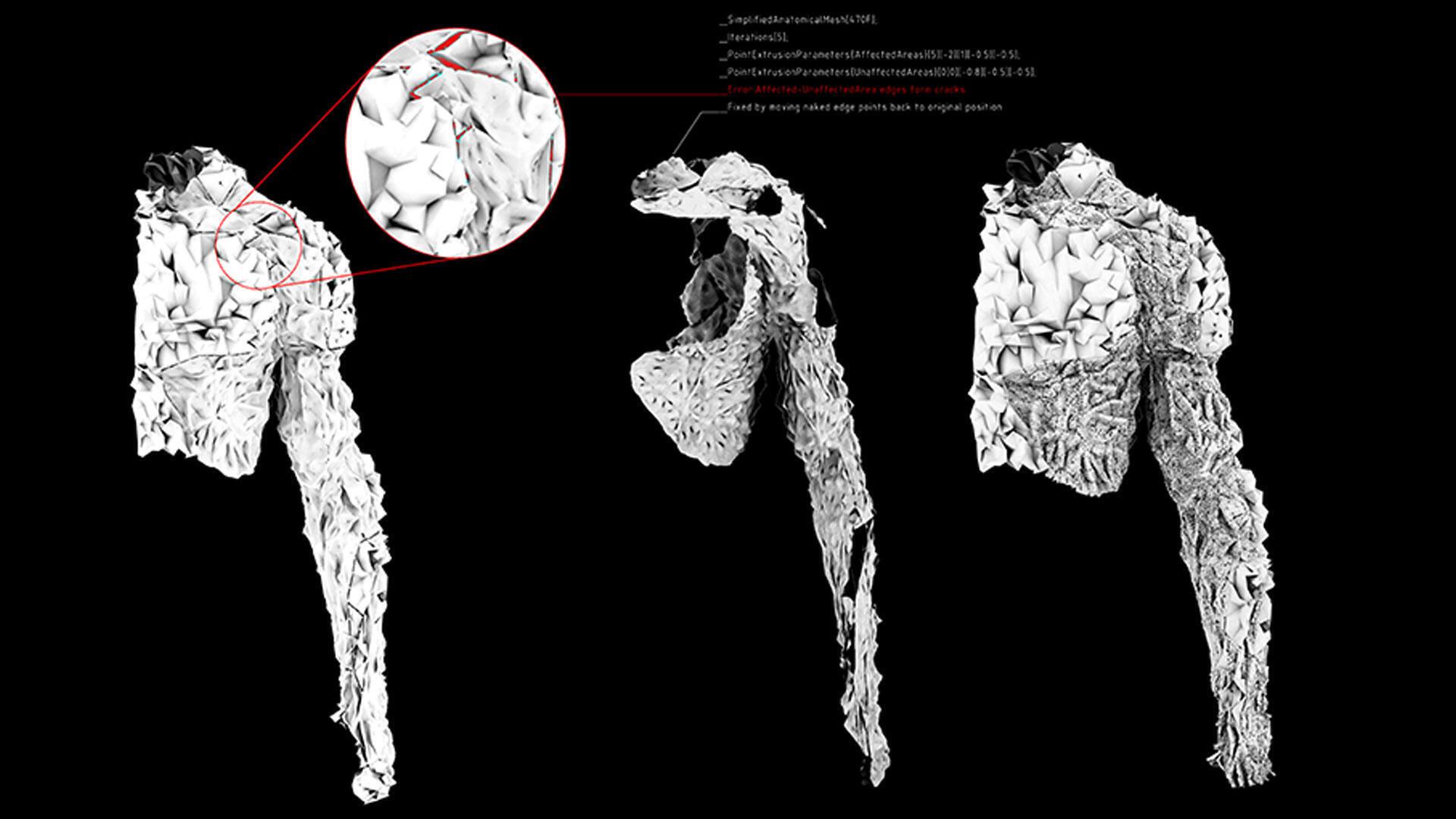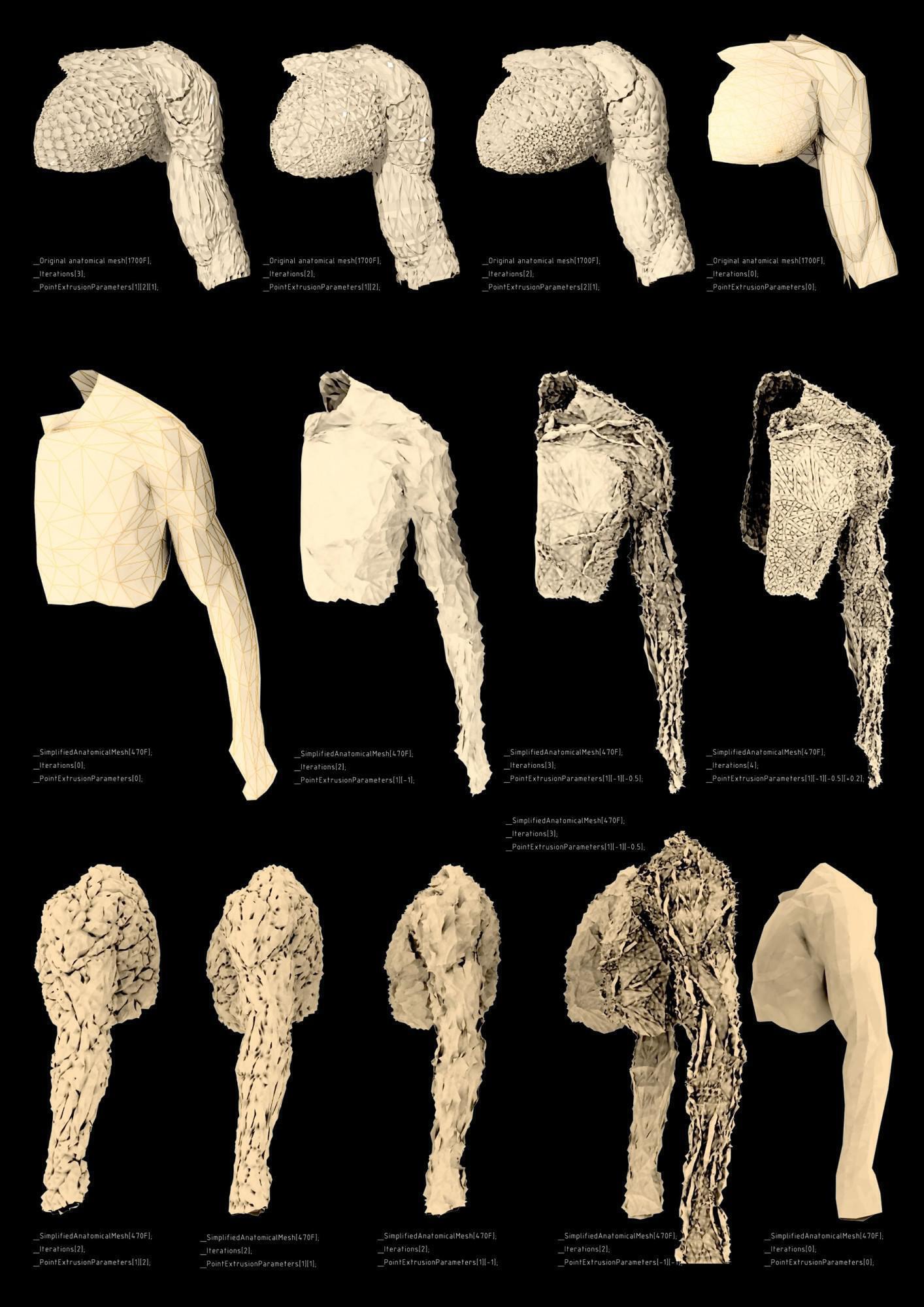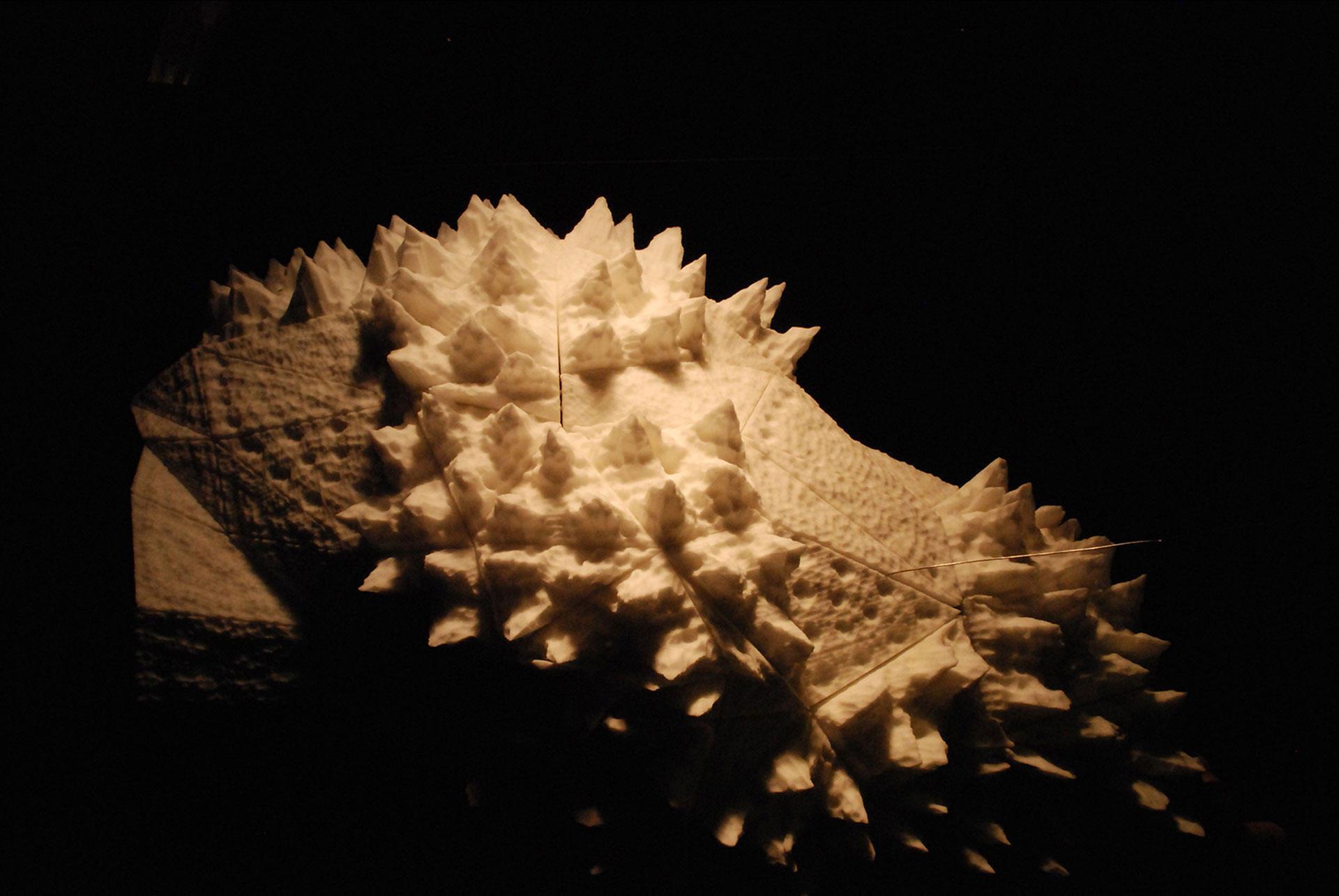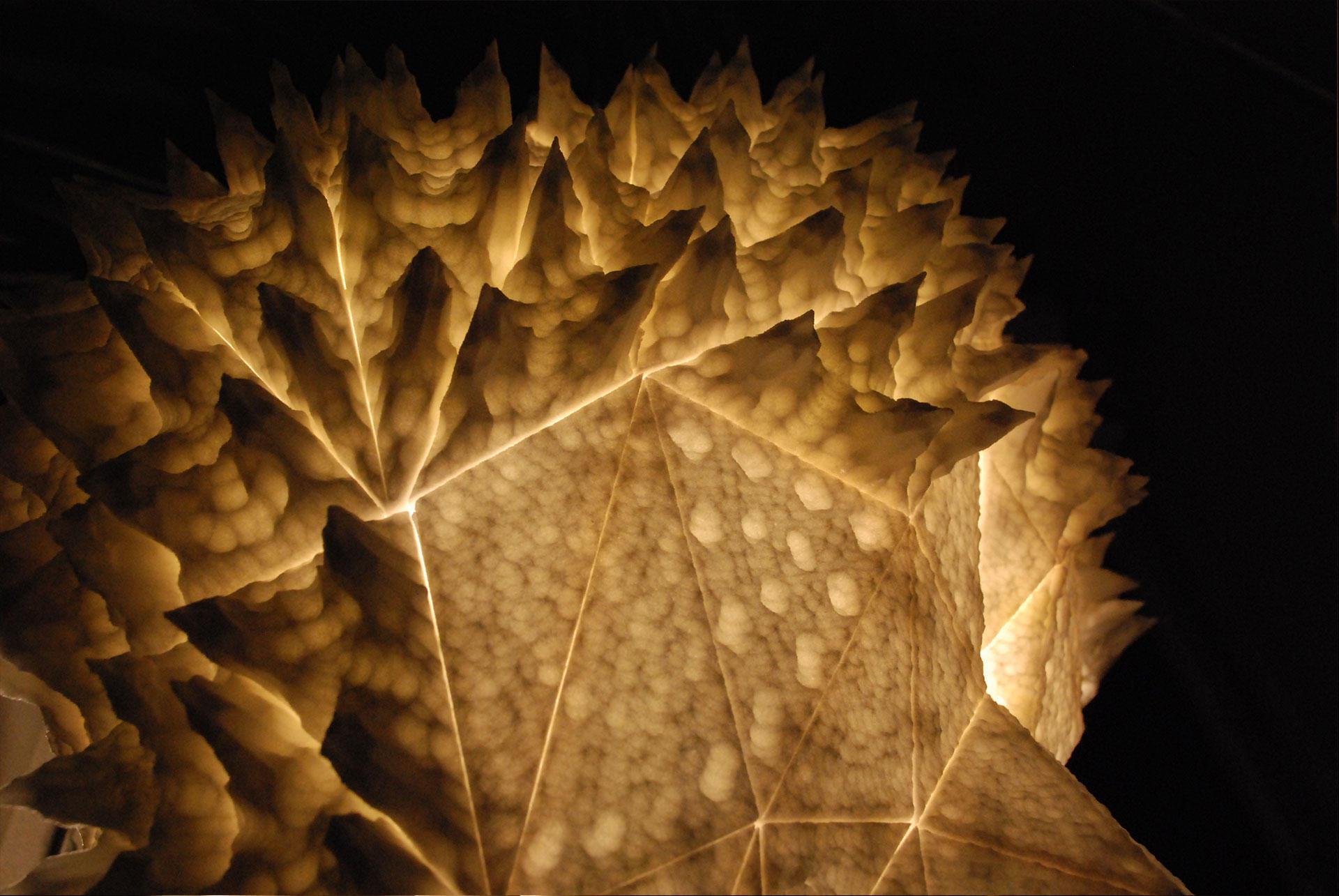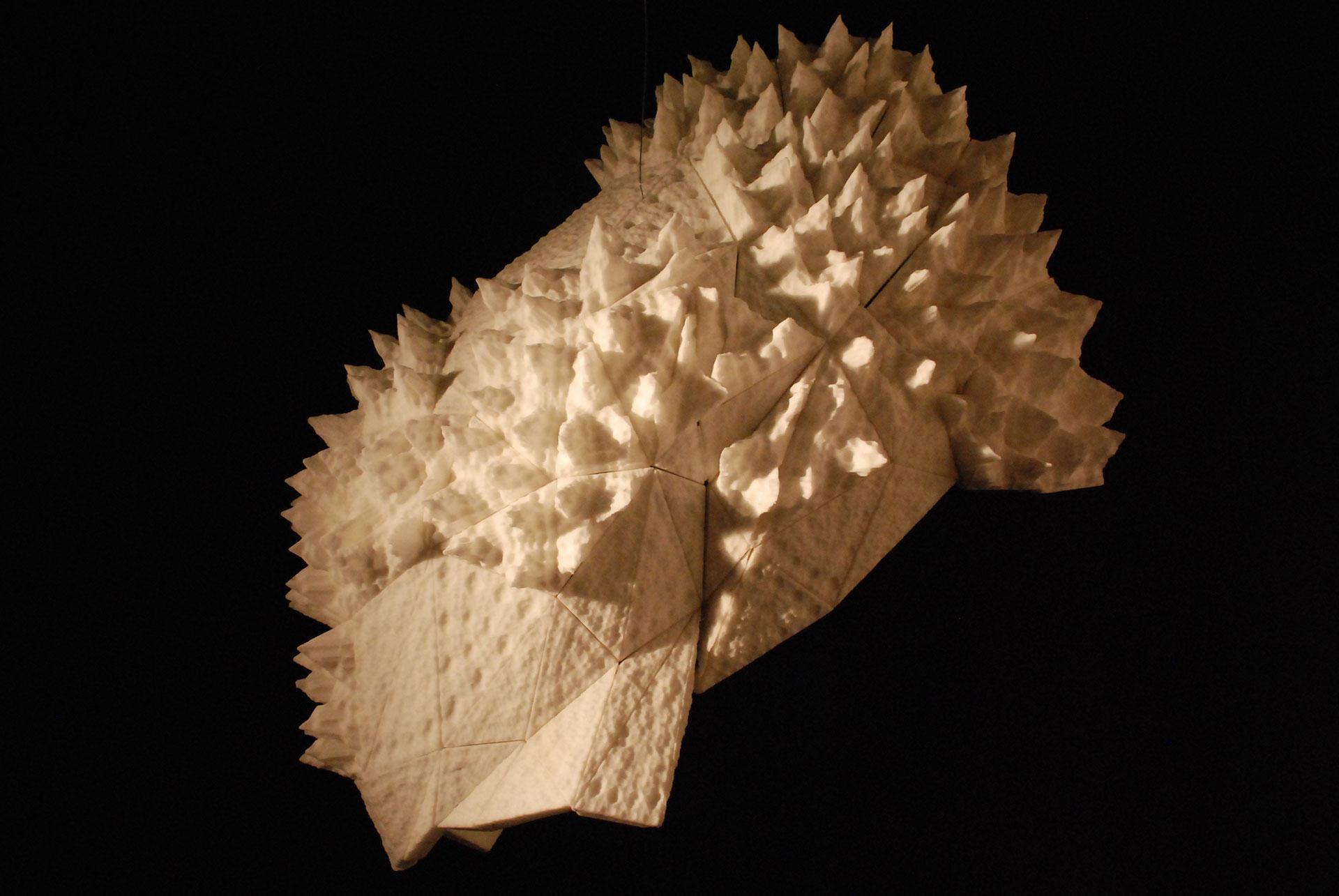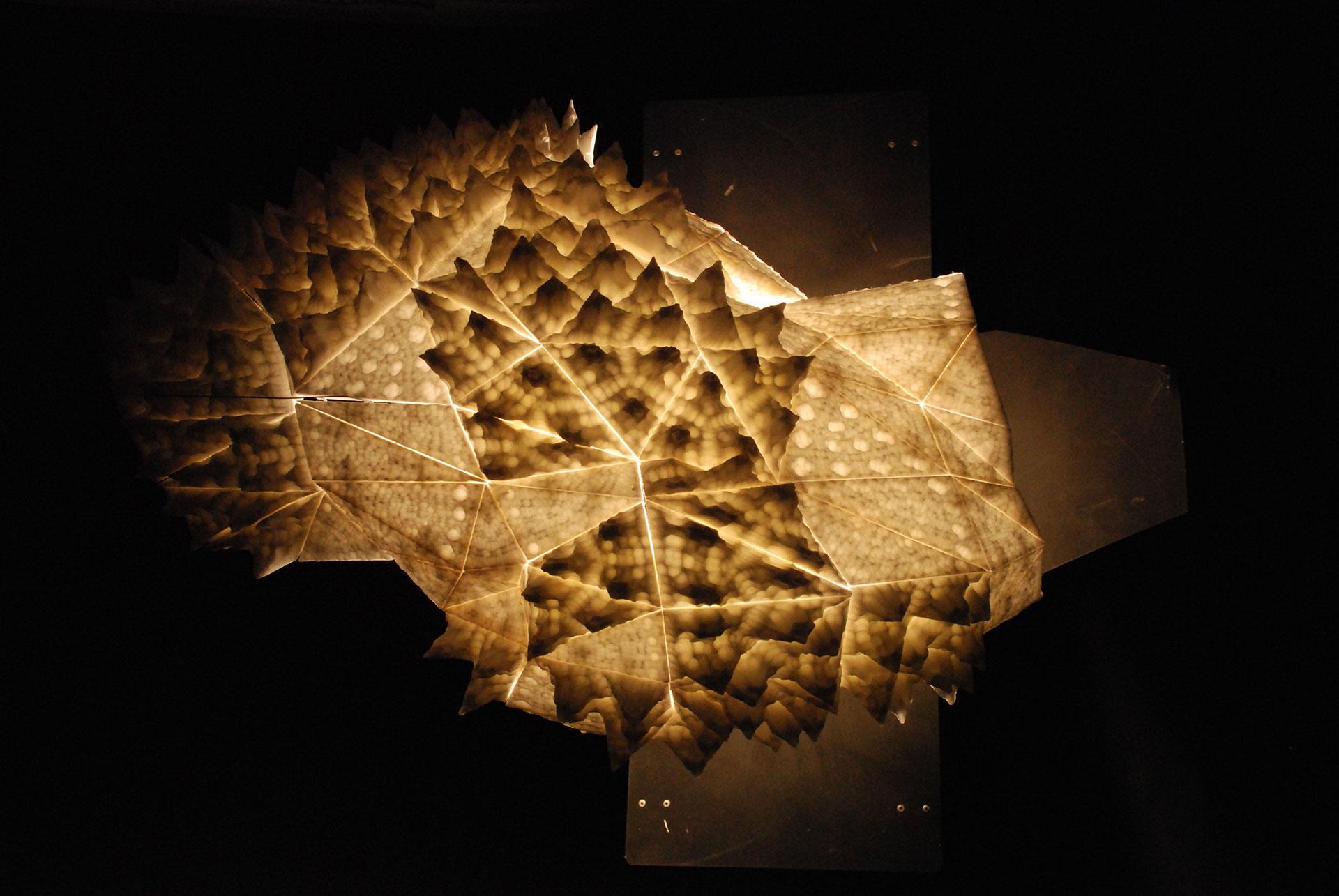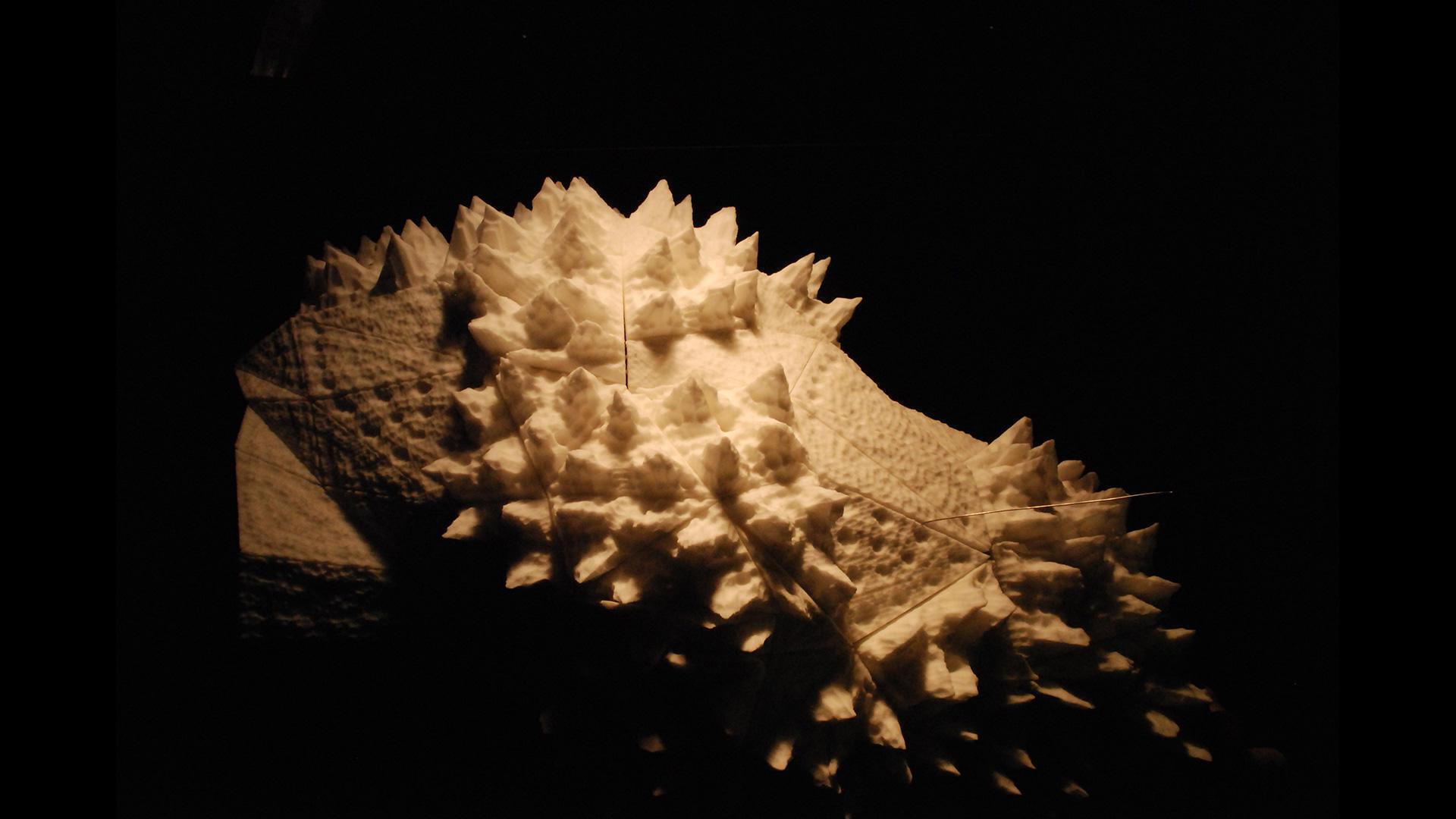Nanosuit: an Architectural Relation of the Body with its Immediate Environment.
This research investigates the architectural relation of the body with the environment in multiple scales. Recursive subdivision is manipulated and used as the tectonic, architectural counterpart of cellular subdivision. Using many design studies such as the “nanosuit” which is described below, the research aims to perform a series of zoom-ins and zoom-outs from the macroscopic to the microscopic and vice versa, through which a new archetypical architecture can emerge.
Admiring one’s natural tendency to comprehend through the delicate manipulation of matter in fingers scale. ‘One degree is not a large distance, on a compass it is scarcely the thickness of a finger nail, but in certain conditions, one degree can be a very large distance, enough to unmake a man.’(1). On a computer screen, one pixel adopts this mercurial nature always depending on certain conditions which allow it to be translated and perceived differently in the screen’s 2,5D world(2). Thus, one pixel is also an unknown distance.
In a world where materialized parametrical models are beginning to merge with existing anthropometric data already experienced and empirically known, the need to seek a handful of distance begins to grow. I tend to believe that one starts to find comfort when coming in contact with super-small distances, as opposed to the super-large ones one is asked to perceive, use or even, design.
By “ceaselessly dividing” one can gradually extract smaller geometries from bigger ones, thus blurring the boundary between form and texture. The above principle is also visible in the work of Michael Hansmeyer (3) who uses recursive subdivision to create an elaborate system of ornament.
On a first stage this research by design focuses on how super-small spaces (which are perceived as textures by their users) can be connected with various geometries perceived as surfaces or forms, through their design methodology and rules. As a starting point recursive subdivision is applied to platonic solids in an effort to deduce texture from forms, starting a process of architectural mutation. A mutation which is different from a biological mutation in the part that here we do not have a cell that subdivides towards becoming an organism; but an object that subdivides towards the atom, gradually increasing in resolution, detail, complexity.
In this scale-less system the human body is inserted as a start point, and though the body measurements, we can scale and ascertain the size of things.
Following a science fiction paradigm, the nanosuit experiment describes a dynamic system of a nano-suit (4) and 400 nano-drones flocking around it.
The movement of the nano-drones affects the suit’s texture as follows:
1.each nano-drone “selects” its closest area of the body,
2.the “selected” area goes through a number of subdivisions with different parameters from the “non-selected” faces,
3.steps (1) and (2) are recalculated repeatedly for each moment of the nano-drones movement.
The suit’s texture, dictated by the flock, can adopt a huge variety of geometries which correspond to pre-set parameter sets for the subdivision, depending on the texture’s function each time. Ideally, the goal is that through subdivision the muscle lines can be iteratively mutated to a micro-muscle pattern, which is in turn partially controlled by the nano-drone swarm through transmission. We then have a constantly iterating texture which responds real-time with the space the nano-drone swarm creates. The functional space of the user is expanded, forming a zone of micro-perceptions out of the body, a blurry floating epidermis that filters the environment so that the user constantly benefits from the artificial swarm intelligence humans may be deprived of in the future. In such a case, equipment such as this nano-suit may be considered a necessity not only for super-soldiers, but also for super-farmers, super-accountants and, why not, super-architects.
The suit’s texture, dictated by the flock, can adopt a huge variety of geometries which correspond to pre-set parameter sets for the subdivision, depending on the texture’s function each time. Ideally, the goal is that through subdivision the muscle lines can be iteratively mutated to a micro-muscle pattern, which is in turn partially controlled by the nano-drone swarm through transmission. We then have a constantly iterating texture which responds real-time with the space the nano-drone swarm creates. The functional space of the user is expanded, forming a zone of micro-perceptions out of the body, a blurry floating epidermis that filters the environment so that the user constantly benefits from the artificial swarm intelligence humans may be deprived of in the future. In such a case, equipment such as this nano-suit may be considered a necessity not only for super-soldiers, but also for super-farmers, super-accountants and, why not, super-architects.
The suit’s texture, dictated by the flock, can adopt a huge variety of geometries which correspond to pre-set parameter sets for the subdivision, depending on the texture’s function each time. Ideally, the goal is that through subdivision the muscle lines can be iteratively mutated to a micro-muscle pattern, which is in turn partially controlled by the nano-drone swarm through transmission. We then have a constantly iterating texture which responds real-time with the space the nano-drone swarm creates. The functional space of the user is expanded, forming a zone of micro-perceptions out of the body, a blurry floating epidermis that filters the environment so that the user constantly benefits from the artificial swarm intelligence humans may be deprived of in the future. In such a case, equipment such as this nano-suit may be considered a necessity not only for super-soldiers, but also for super-farmers, super-accountants and, why not, super-architects.
